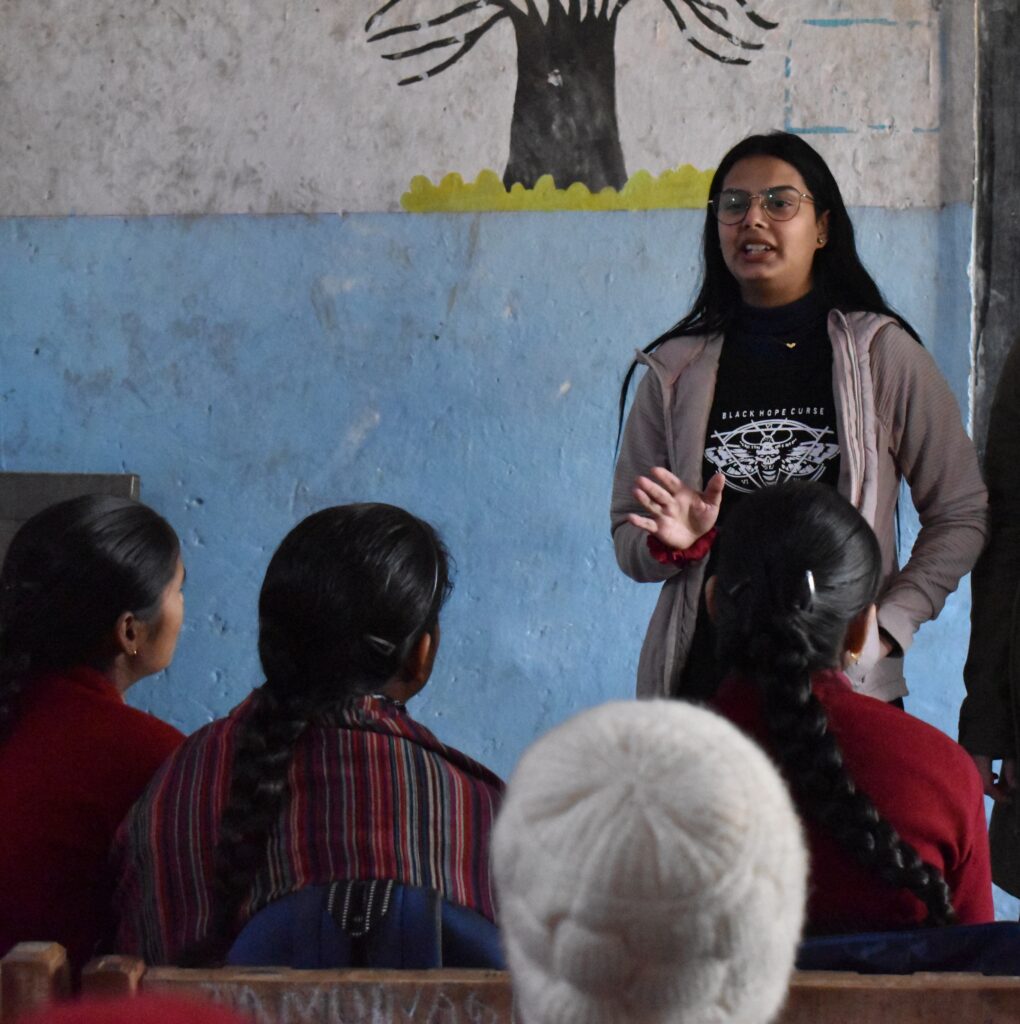For a long time, female education has been a significant issue in India. One of the most crucial instruments for empowering women and girls is education, which has the power to change not just their own lives but also the lives of their families and communities. Girls in India still face numerous obstacles to obtaining an education, and many are unable to enroll in school or finish their education, even with recent notable advancements.
The potential of girl education to solve a number of societal concerns, including child marriage, poverty, gender inequity, and population increase, makes it crucial in India. Girls who have an education stand a better chance of becoming economically independent, developing critical thinking abilities, and being able to make wise decisions in life. Schooled girls are more inclined to put off getting married and their offspring. They are also more likely to escape the cycle of poverty by increasing their family’s income.
Notwithstanding the advantages of educating girls, India still faces numerous obstacles. Girls are generally expected to put marriage and domestic duties ahead of their education, and many families are unable to pay for their daughters’ education. In addition, there is a notable gender disparity in education, with females falling short of boys in terms of enrollment, completion rates, and literacy.
There has been some improvement in the last few years in the efforts undertaken by the Indian government and non-governmental groups to provide girls with greater access to education. To guarantee that every girl in India may get a top-notch education and reach her full potential, there is still more work to be done.
Benefits of Education for Girls:
Education for girls will have a big influence on India in the future in a number of ways, including
Better Health Outcomes: Girls with greater education are probably more aware of proper diet and hygiene, which benefits both their own and their families’ health.
Greater Economic Opportunities: Girls who receive an education can acquire the skills necessary to land higher-paying employment, which will raise their earning potential and enhance their financial outlook.
Reduction of Poverty: Girls with more education have a lower chance of being impoverished and are better able to assist their families in ending the cycle of poverty.
Reduced Child death Rates: Mothers with higher levels of education are more likely to take their kids to the doctor, which lowers the child death rate.
Delay in Marriage and Childbirth: Girls who complete their education are more likely to put off getting married and having children, which can improve both their own and their kids’ health.
Better Gender Equality: Education can make girls more conscious of their rights and self-assured in their capacity to speak out for them, which will improve gender equality.
Enhanced Civic Engagement: Girls with higher levels of education are more likely to be involved in their communities and to take part in civic life, which increases their social and political engagement.
Better Family Planning: Education increases the likelihood that girls will use family planning techniques and have smaller families.
Obstacles in the Way of Reaching Maximum Girl Education: Although girls’ education is very important in India, there are a number of obstacles that must be removed in order to get maximum girl education, such as
Social Norms and Cultural Beliefs:
A lot of Indian families adhere to traditional values that place a girl’s domestic duties above her education. It can be difficult to alter these attitudes, which frequently lead to lower enrollment rates for females.
Poverty: Especially for girls, poverty is a major obstacle to education. Many families are unable to pay for their children to attend school, and females are frequently the first to leave to assist with domestic duties or to marry young.


